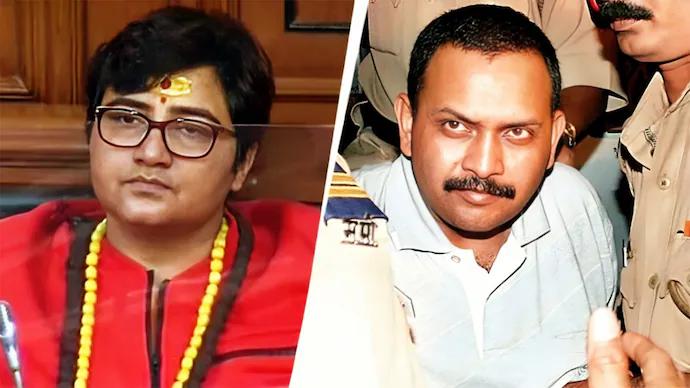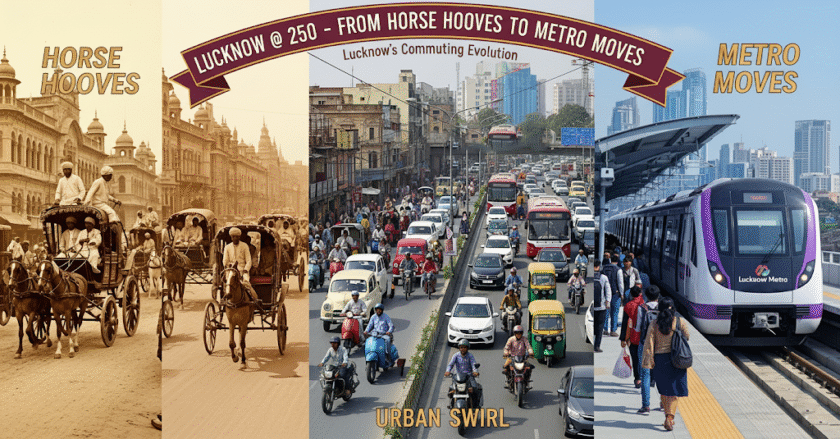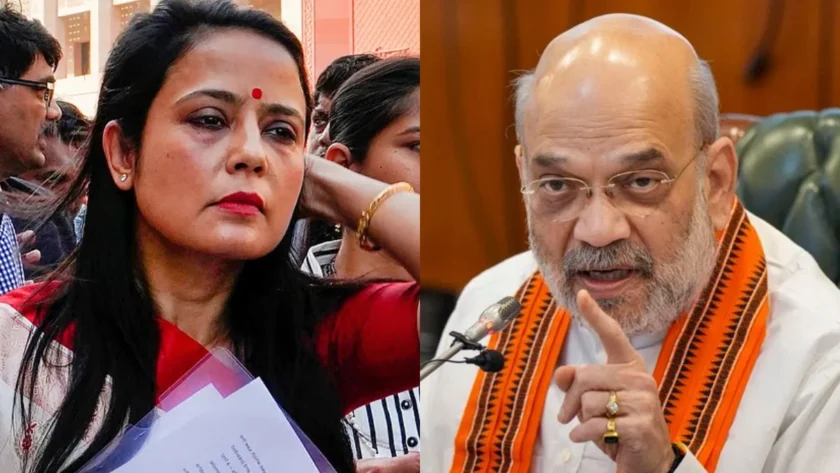New Delhi: Seventeen years. Seven accused. Six lives lost. And now—zero convictions.
The acquittal of all seven accused in the 2008 Malegaon bomb blast case, including high-profile individuals like BJP MP Pragya Singh Thakur and Lieutenant Colonel Prasad Shrikant Purohit, has ignited a national debate. For some, it marks a triumph of justice and due process. For others, it is a stinging reminder of the system’s failures, a narrative of justice delayed, denied, and ultimately discarded.
As India absorbs the implications of the special NIA court’s July 31 verdict, questions continue to swirl. Not only about what happened in 2008, but also about what happened over the last 17 years. Was justice truly done? Or has it quietly slipped through the cracks of a flawed investigation, weakened prosecution, and politically charged atmosphere?

The Night That Shook Malegaon
It was the holy month of Ramzan when a powerful explosion tore through Bhikku Chowk in Malegaon, a communally sensitive town in Maharashtra. The blast, caused by an improvised explosive device (IED) strapped to a two-wheeler, left six dead and over 100 injured.
Initially, suspicions—as was common in post-blast India—fell on Islamist outfits. But the Maharashtra ATS (Anti-Terrorism Squad), then headed by Hemant Karkare, made a startling claim: the attack was the work of a Hindu extremist group known as Abhinav Bharat. The arrests that followed sent shockwaves through the political and social fabric of the country.
Among those arrested were Pragya Thakur, then a lesser-known Hindutva activist, and Lt. Col. Purohit, a serving military officer. The case soon became emblematic of a new term in India’s terror lexicon—“saffron terror.”
The Long Legal Road
The case moved from ATS to the National Investigation Agency (NIA) in 2011. Charges under UAPA, IPC, and initially the Maharashtra Control of Organised Crime Act (MCOCA) were slapped on the accused.
But over the years, the case lost steam.
Key forensic evidence was either missing or contaminated. Investigators couldn’t prove the motorcycle used in the blast belonged to Pragya Thakur. The alleged meetings where the conspiracy was said to have been hatched couldn’t be conclusively linked to the accused. Crucially, over 40 witnesses turned hostile, derailing the prosecution’s case further.
In its final judgment, the court observed:
- The chassis and engine numbers of the vehicle couldn’t be matched convincingly.
- There was no evidence that Purohit procured or stored the explosives.
- Sanction under UAPA was defective and therefore legally invalid.
- Crime scene evidence was compromised, with no fingerprints or usable forensic data.
- The conspiracy angle remained unproven.
The court directed the Maharashtra government to compensate the victims’ families—₹2 lakh to each family of the deceased, and ₹50,000 to the injured—while clearly stating that the accused had no proven role in the incident.
A Verdict That Divides the Nation
The reactions were swift and polarized.
For the victims’ families, the acquittal has been devastating.
Liyaqat Shaikh, who lost his 10-year-old daughter Farheen in the blast, told reporters, “We waited for 17 years. We showed our injuries in court. And now we are told no one is guilty. How can this be justice?”
Usman Khan, who lost his nephew, echoed the heartbreak: “If the Muslim boys arrested earlier were innocent, and now these people are also innocent, then who killed our loved ones?”
Advocate Shahid Nadeem, representing some of the victims, pointed to systemic failure: “The trial was not just of the accused. It was of the victims, too. They travelled 300 km for every hearing, waited for years—and today, they feel abandoned.”
Political voices, too, joined the chorus of criticism. The Communist Party of India (Marxist) termed it a “travesty of justice.” AIMIM leader Imtiaz Jaleel raised a sharp question: “If nobody is guilty, then what of the six people who died and the 100 injured?”
The Other Side: Law, Not Sentiment
The counter-argument is clear: courts cannot—and should not—convict on emotion.

Judge A.K. Lahoti’s verdict reminded the nation that “suspicion, however grave, cannot substitute evidence.” He emphasized that the burden of proof rests with the prosecution, and in this case, the burden was not met.
The defence has long maintained that the accused were framed.
Pragya Thakur has repeatedly claimed she was tortured in custody and that the case was politically motivated. Speaking after the verdict, she said: “This was a conspiracy to target Hindus. I lost years of my life. I am glad the truth has prevailed.”
Lt. Col. Purohit, who spent over eight years in jail before getting bail in 2017, maintained that he was working to infiltrate extremist groups as part of military intelligence. His lawyers argued that he was punished for doing his job.
The BJP, Shiv Sena, and even NCP leaders hailed the verdict. UP CM Yogi Adityanath went so far as to call it a “proclamation of Satyameva Jayate”, and a rejection of what he termed “Congress’s anti-Sanatan narrative.”
A Bigger Problem: When Nobody is Guilty
But amid all the celebration and criticism, one chilling fact remains: a deadly act of terror occurred, and no one has been held responsible.
This is not just a legal gap. It’s a moral and societal void.
The Malegaon verdict follows a pattern seen in other terror cases, like the 2006 Mumbai train blasts, where multiple accused were acquitted after years in custody. These cases expose the fragility of our investigative machinery, the risks of politicizing terror, and the cost borne by victims waiting endlessly for justice.
A Justice System Under Strain
There are deeper concerns this case has brought to light:
- Delay in justice delivery: 17 years is an eternity in any legal process.
- Poor forensic practices: Crime scene evidence was found to be contaminated or incomplete.
- Hostile witnesses: Over 40 of 323 turned hostile, pointing to possible fear or coercion.
- Legal lapses: Sanctions under UAPA were defective, weakening the prosecution’s core argument.
- Political overtones: From “saffron terror” to “Hindutva vindication,” narratives clashed as politics seeped into the courtroom.
Legal experts argue that the result is a failure—not necessarily of the judiciary, which acted on the basis of evidence—but of the investigative and prosecutorial arms of the state.
Where Do We Go From Here?
The victims’ families have already announced plans to appeal the verdict in the Bombay High Court, and eventually, the Supreme Court. Whether the higher judiciary will find differently remains to be seen.
But the bigger challenge is restoring public faith in the system. If terror cases take nearly two decades and still fail to convict or even explain who was responsible, what message does that send?
In the cacophony of courtrooms, politics, and polarised debates, it’s easy to lose sight of the six people who died, the hundreds who were injured, and the communities left fractured in the aftermath.
Justice in Shades of Grey
The 2008 Malegaon blast case is not just about acquittals or accusations. It’s about a larger struggle to uphold the rule of law, maintain investigative integrity, and deliver justice to the voiceless.
Whether this verdict is a triumph of judicial rigor or a failure of the system, depends on the lens one chooses. What’s clear is that the truth still feels elusive, and the justice many waited for has not arrived with finality.
For now, India is left asking: If no one is guilty, who is accountable?





